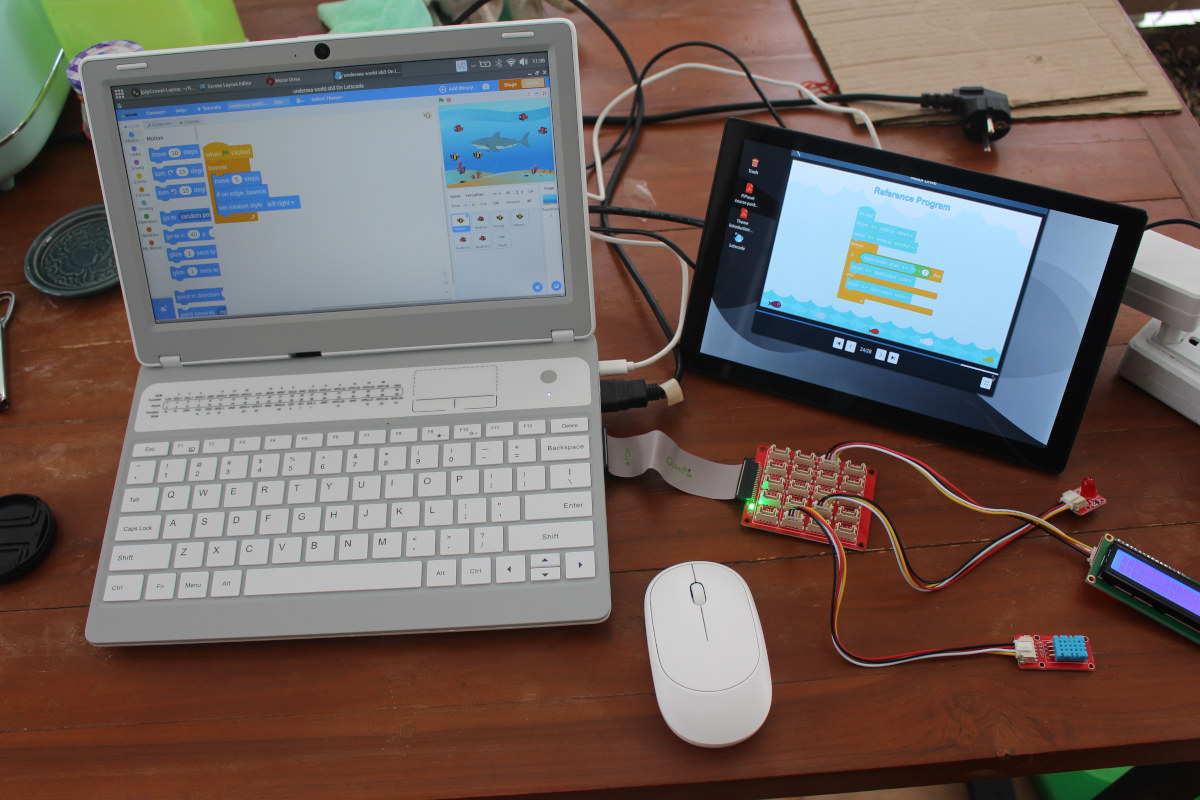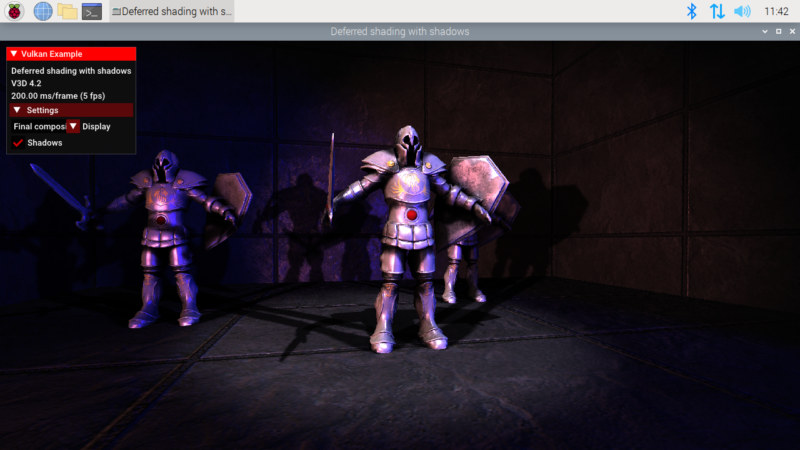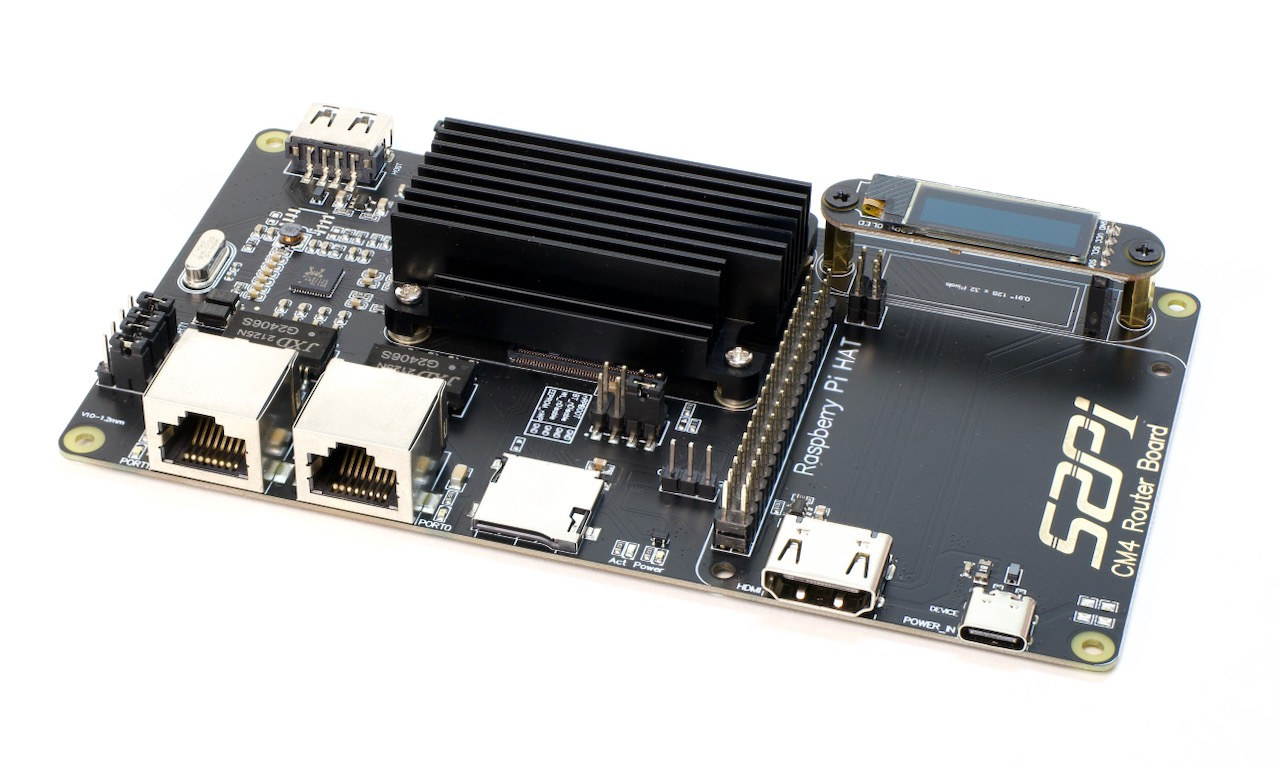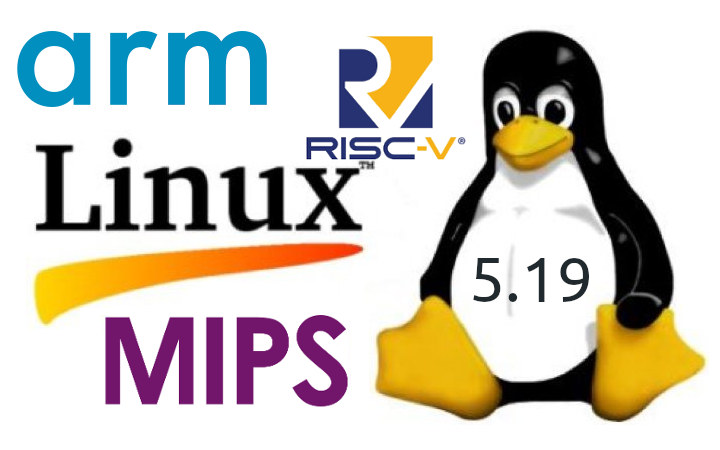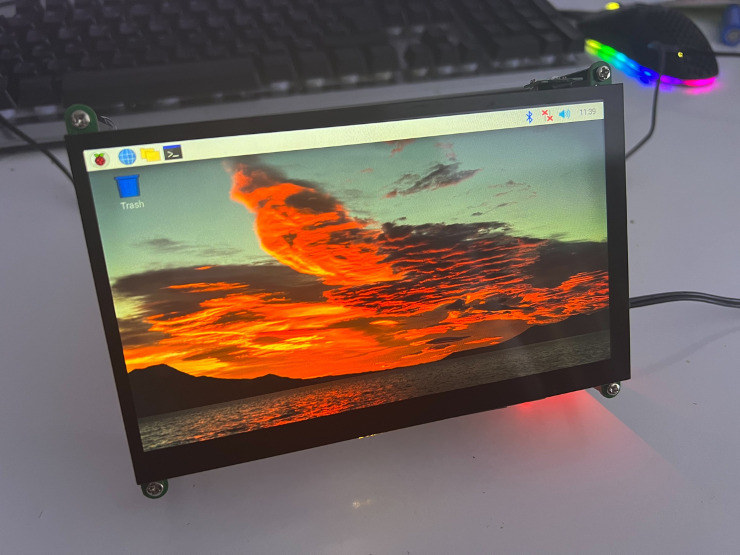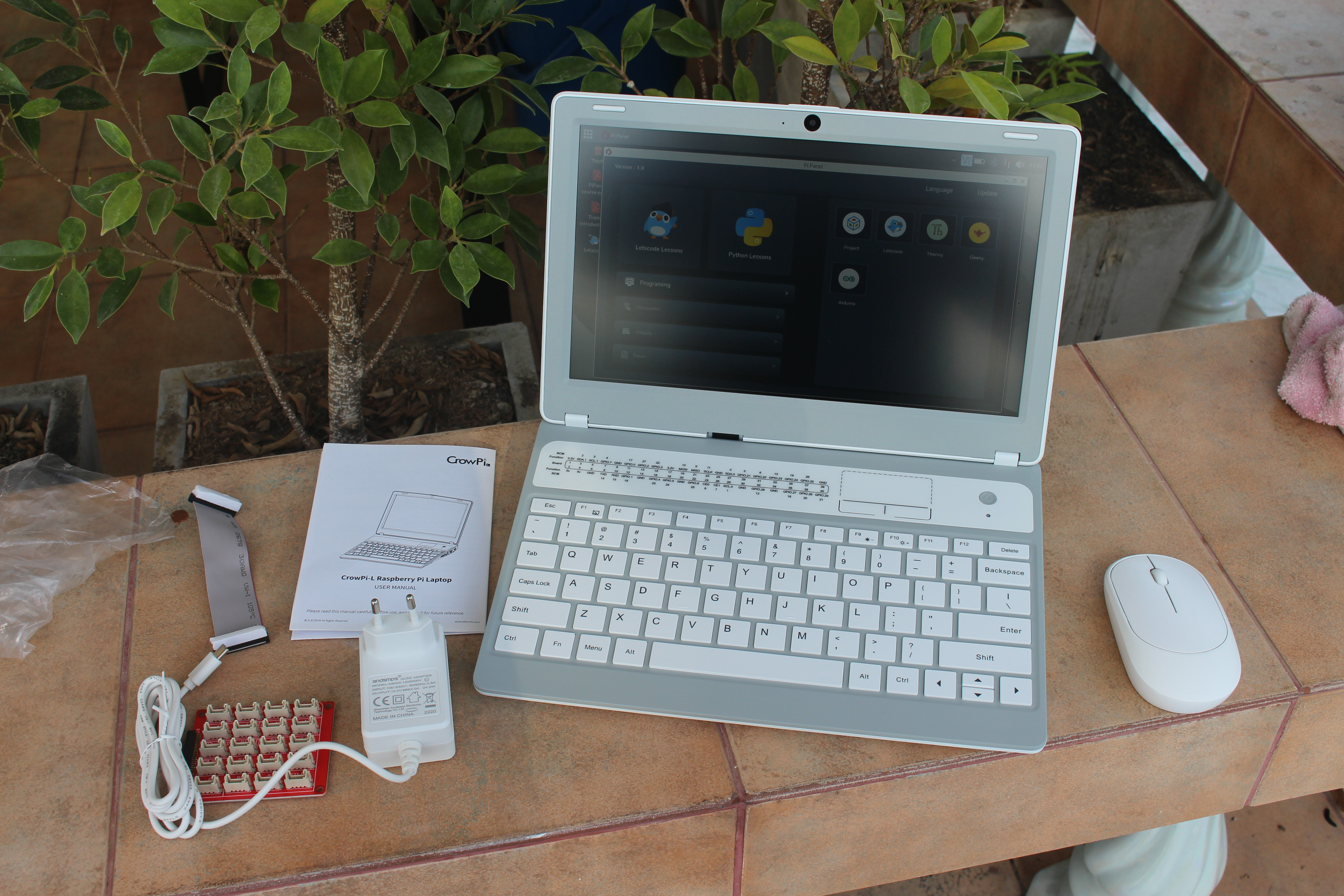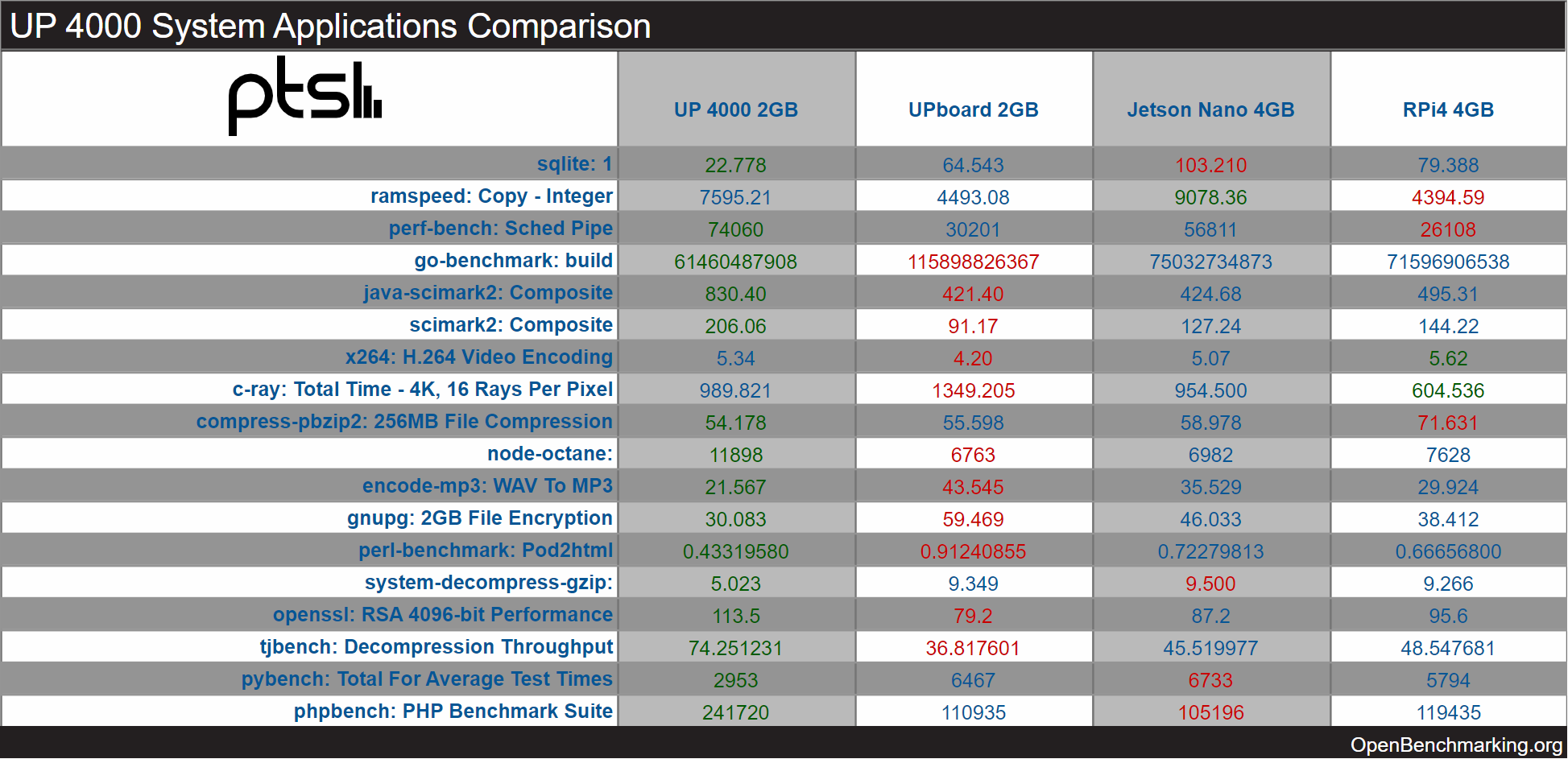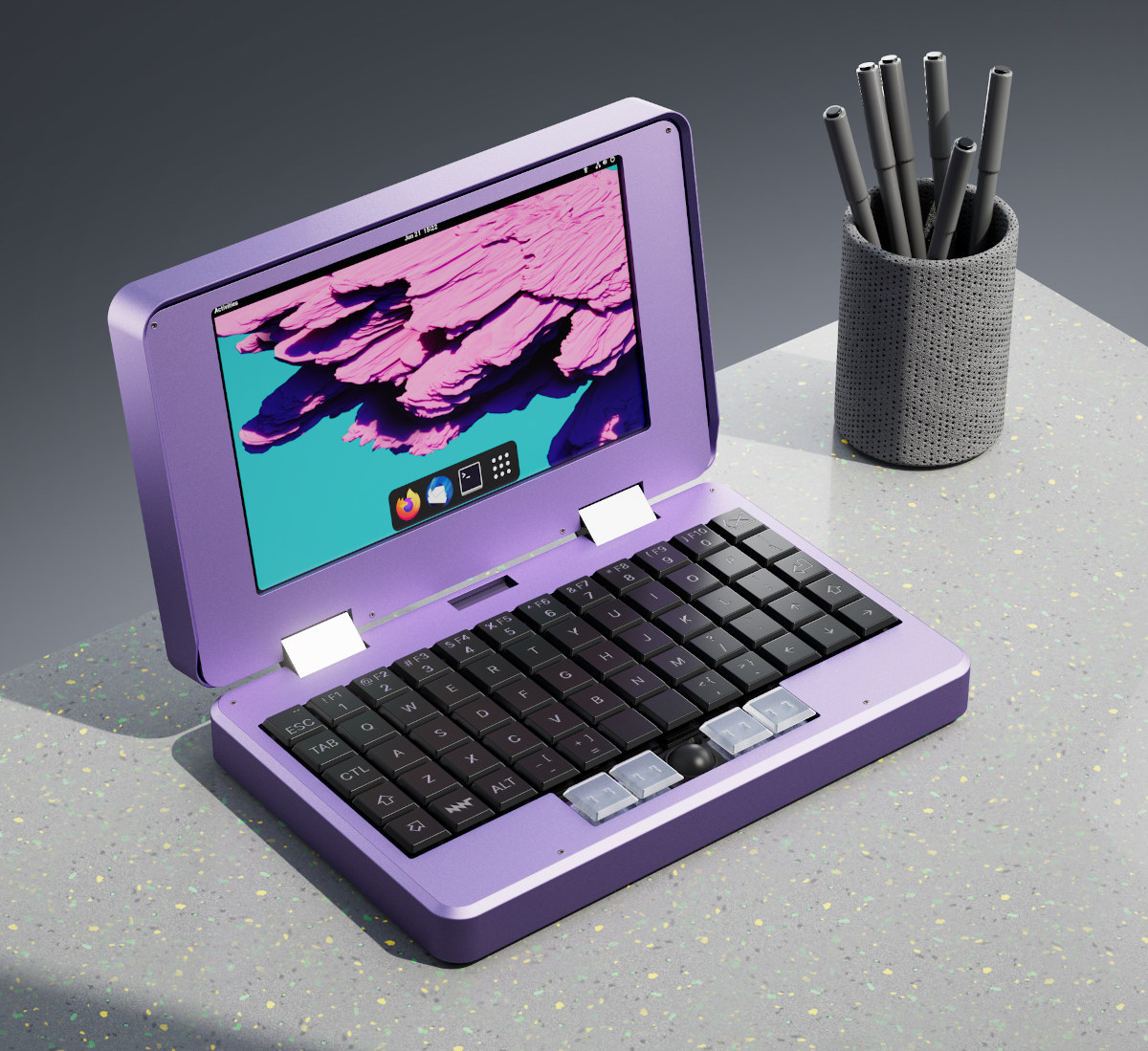In the first part of our review of CrowPi L Raspberry Pi 4 laptop for education, we checked the hardware and accessories such as the CrowTail starter kit with various sensors and other electronics modules, and showed how to install or remove the Raspberry Pi 4 SBC from the laptop shell. I’ve now had more time to play with the educational software, so I’ll report my experience with the laptop when learning game design and hardware control with Letscode visual programming IDE, as well as the Python lessons for more advanced students. Reinstalling CrowPi OS image It’s the rainy season here in Thailand meaning it’s both hot and humid, and even though I’m not entirely sure it’s related, I recently had to reinstall Raspberry Pi OS on one of my Raspberry Pi with a corrupted SD card. It happened again with the CrowPi L after I left it in its […]
Raspberry Pi 4 gets Vulkan 1.2 conformance, Android Vulkan support
Iglia has done more work on the graphics driver for the VideoCore VI GPU found in Raspberry Pi 4 and other Broadcom BCM2711-based hardware with Vulkan 1.2 conformance, and Roman Stratiienko added Vulkan 3D graphics acceleration to Android, or more exactly LineageOS. Raspberry Pi and Iglia have been collaborating together since the launch of the Raspberry Pi 4 SBC to develop a Khronos conformant Mesa 3D graphics driver for the board, and that’s a long-term project that’s been going on for over two years, and not quite finished yet. Here’s a non-exhaustive timeline of the project so far: February 2020 – Raspberry Pi 4 V3DV driver gets OpenGL ES 3.1 conformance, work on Vulkan starts with the basic triangle demo showcased June 2020 – Vulkan driver source code released with many demos working on Raspberry Pi 4 October 2020 – Iglia gives a project update status presentation for Raspberry Pi […]
52Pi CM4 Router Board also features HDMI, 40-pin Raspberry Pi HAT header, and OLED display
We’ve already seen compact Raspberry Pi CM4 based router boards with two Ethernet ports from DFRobots, Seeed Studio, and MCUZone. 52Pi CM4 Router Board expands on the same principle but also offers HDMI output, a 40-pin GPIO header for Raspberry Pi HAT expansion boards, and a small OLED information display. The board also includes two Gigabit Ethernet, plus the WiFi and Bluetooth connectivity from the Raspberry Pi CM4, and the extra features make the board larger (146x50mm) than competitors. But that makes the platform that much more flexibly, and can be used as a gateways for all sorts of projects thanks to the wide range of Raspberry Pi HAT available in the market. 52Pi CM4 Router Board (EP-0146) specifications: Compatible with Raspberry Pi Compute Module 4 series Storage – MicroSD card slot (only used with Raspberry Pi CM4 Lite) Video Output – HDMI 2.0 port up to 4Kp60 Display – […]
Linux 5.19 Release – Main changes, Arm, RISC-V and MIPS architectures
Linus Torvalds has just announced the release of Linux 5.19. It should be the last 5.xx version, with Linux 6.0 coming for the next cycle: So here we are, one week late, and 5.19 is tagged and pushed out. The full shortlog (just from rc8, obviously not all of 5.19) is below, but I can happily report that there is nothing really interesting in there. A lot of random small stuff. In the diffstat, the loongarch updates stand out, as does another batch of the networking sysctl READ_ONCE() annotations to make some of the data race checker code happy. Other than that it’s really just a mixed bag of various odds and ends. On a personal note, the most interesting part here is that I did the release (and am writing this) on an arm64 laptop. It’s something I’ve been waiting for for a _loong_ time, and it’s finally reality, […]
Review of SunFounder TS7-Pro 7-inch touchscreen display for Raspberry Pi 4
Unboxing SunFounder TS7-Pro touchscreen display SunFounder TS7-Pro is a 7-inch touchscreen display designed for Raspberry Pi 4 board and the company sent us one review sample for evaluation. SunFounder has a wide range of Raspberry Pi and Arduino accessories designed for makers, and the TS7-Pro 7 is their latest offering that’s optimized to work with Raspberry Pi 4 and Raspberry Pi 3. Adding a touchscreen display to a Raspberry Pi may be a bit messy with the display or other accessories such as cameras and/or 2.5-inch drive spread on the table, but the TS7-Pro display simplifies all that with a neater assembly. Let’s start the review with an unboxing The package is compact and the display is well-protected with polyethylene foam to reduce the risk of damage during transport. Accessories such as cables, screws and nuts, adapters, an acrylic enclosure, and a screwdriver are also included in the package. Here’s […]
CrowPi L Raspberry Pi 4 laptop review – Part 1: Unboxing and teardown
Elecrow CrowPi L is an 11.6-inch laptop shell based on Raspberry Pi 4 designed for STEM education with optional electronics modules and tutorials. That’s an evolution of the CrowPi 2 laptop I reviewed in 2020 with a thinner design and more flexible since the electronics modules are optional, so it can serve the market of people just wanting a Raspberry Pi 4 laptop. The company has sent me a full “CrowPi L Advanced Kit” for review with the CrowPi L laptop fitted with a Raspberry Pi 4, as well as the Crowtail Starter Kit for Raspberry Pi. CrowPi L Advanced Kit Unboxing Let’s check out the laptop package first. Since in this design, the laptop comes with a battery, and mine already had a Raspberry Pi 4 installed, I could just turn it on immediately. Accessories include a wireless mouse, a 12V/2A power supply (with USB Type-C plug… this should […]
Benchmarks comparison between UP 4000, Raspberry Pi 4, UP board, and Jetson Nano
We wrote about the UP 4000 SBC with an Intel Apollo Lake processor and Raspberry Pi form factor yesterday. But today, I noticed the UP community had put up a benchmarks comparison between the UP 4000 board, the original UP board (Atom x5-8350), the Raspberry Pi 4, and NVIDIA Jetson Nano. They used several of the Phoronix Test Suite benchmarks running on Ubuntu 20.04 (x86) or Ubuntu 18.04 (Arm) on all four boards. The UP 4000 board used featured an Intel Celeron N3350 dual-core processor @ 2.40GHz, the 2GB RAM version of the UP Board, an RPi 4 with 4GB RAM, and a Jetson Nano developer kit with 4GB RAM. As one would have expected, the UP 4000 is ahead in most tests, even though they did not select a model with a quad-core processor such as a Pentium N4200. Note that reading the table may be confusing as for […]
MNT Pocket Reform 7-inch modular mini laptop takes a range of Arm (and FPGA) modules
MNT Pocket Reform is an open-source hardware mini laptop with a 7-inch Full HD display, an ortholinear mechanical keyboard, and trackball, that follows the path of its older and bigger sibling: the MNT Reform 2 laptop initially launched with an NXP i.MX 8M quad-core Arm Cortex-A53 module. The new laptop will not only support a similar “NXP i.MX 8M Plus” module but also a range of other Arm modules namely an NXP Layerscape LS1028A module with up to 16GB RAM, the Raspberry Pi CM4 module via an adapter, Pine64 SOQuartz (RK3566, up to 8GB RAM), as well as based on AMD Xilinx Kintex-7 FPGA for industrial use. MNT Pocket Reform specifications: Available system-on-modules Standard: NXP i.MX 8M Plus quad-core Arm Cortex-A53 @ 1.8GHz with 4 or 8 GB DDR4, Vivante GC7000UL GPU, 2.3 TOPS NPU NXP Layerscape LS1028A dual-core Arm Cortex-A72 with 8 or 16GB DDR4, Vivante GC7000UL GPU Raspberry […]


